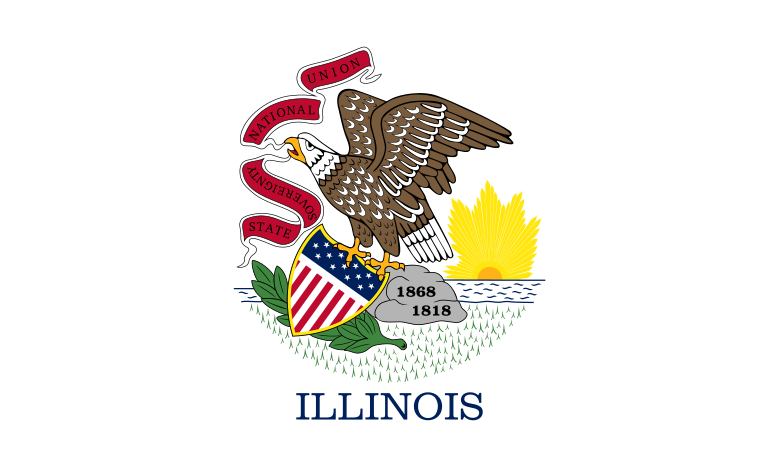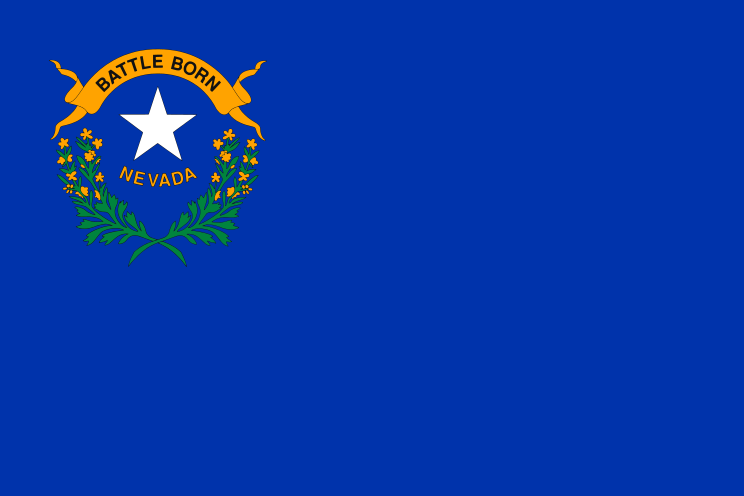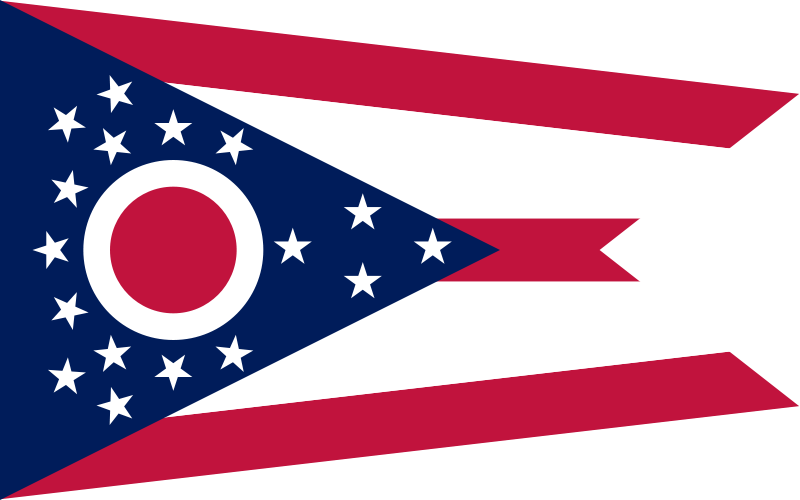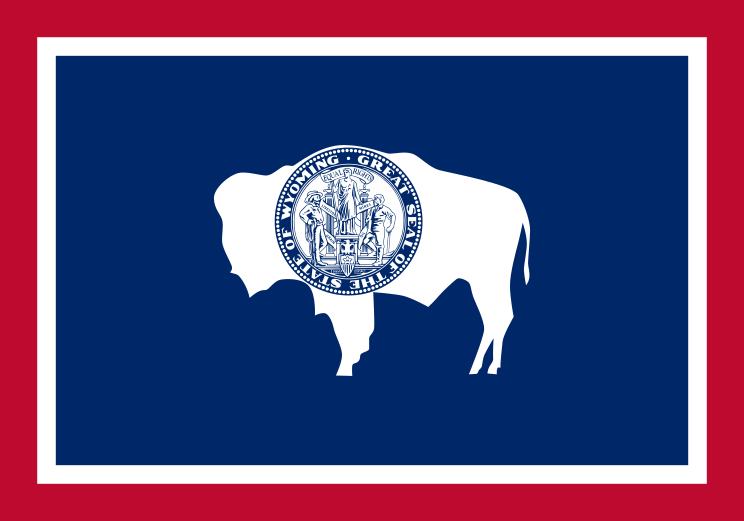what is there to do during the daytime in Paris? one thing that must be done, and quite thoroughly, is an examination of the Avenue des Champs-Élysées, one of the world's most famous (not to mention expensive) streets. anchored at one end by the Musée du Louvre (Louvre Museum) and at the other by the Arc de Triomphe (Triumphal Arch), and festooned with million-dollar boutiques in between, the Champs-Élysées has been referred to as La plus belle avenue du monde (the most beautiful avenue in the world), a moniker that's hard to argue with.

the Musée du Louvre, clockwise from top left: Jill and me in the courtyard with the Louvre Pyramid behind us. the Pyramid was built in 1989 and serves as the museum entrance; what the Pyramid looks like from below, with views to the outside and an atrium teeming with visitors even on this fairly slow day; the art space as art: just one of the hundreds of spectacularly decorated walls inside the Louvre; and the Venus de Milo, one of classical Greek sculpture's most celebrated works, stands without much ceremony in a dimly lit room and only a small circle of red-velvet ropes for protection. below, a very involved tour guide shows schoolchildren through a hall decorated with art covering a staggeringly broad time period.

the Louvre itself is magnificent and was one of the first things we made sure to see. most of the places on our Parisian itinerary were sights i had learned about in French class back in junior high school, and the Louvre was pretty much at the top of the list. home to La Joconde (Mona Lisa) and Venus de Milo, the Louvre is justifiably famed, but the whole experience at this museum is much greater than the sum of its parts. it is the only museum that i have been to, as far as i can remember, whose art space itself seemed to be art; that is, the lines between the artworks on display and the space in which they are displayed are seriously blurred, producing a more holistic and altogether engaging encounter. the building itself was once a palace and literally everywhere you look there is something to engage your eyes, be it a statue, an ancient artifact, or a ceiling fresco. the Louvre is big enough, and holds enough incredible art that you would probably need a solid week to see and appreciate it all, but that kind of time investment would take too much away from all the things there are to see just outside.

along the Champs, clockwise from top left: Jill and the street sign bolted to one of the ultra-expensive buildings that lines the avenue; the 3,400-year-old Egyptian Obelisk that stands at the center of the Place de la Concorde; me in front of one of the fountains that flank the Obelisk. these fountains are a memorable sight from the final stage of racing in the Tour de France (which just began in Britain, of all places), when riders pedal their way up and down the Champs-Élysées and around the Place de la Concorde several times before crossing the ultimate finish line; and rented sailboats chased by young boys on a large pond at the Jardin des Tuileries evoke images of a simpler time in the French capital.
leaving the museum and heading west towards the famous avenue, one first encounters the Jardin des Tuileries (Tuileries Garden), which was once enclosed by the now-destroyed Tuileries Palace, home of French royalty before they built and moved to Versailles. our mid-April weather was unseasonably hot, and the Jardin was packed with Parisians enjoying the afternoon sunshine in the park's tranquility. just beyond the garden lies the true beginning of the Champs-Élysées, the Place de la Concorde. legendary as the site of the revolutionary guillotine that beheaded Marie Antoinette, Lavoisier and Robespierre, among many others, it started out life as a simple square to honor King Louis XV. nearly half a century before his statue there was torn down by the revolutionaries, his successor Louis-Philippe placed the 23-meter high, 250-tonne Egyptian Obelisk that had been gifted to France in the square's center, flanked by two commemorative fountains. this one of "Cleopatra's needles" is, like its counterparts in London and New York, among the oldest true obelisks today, having been initially constructed around 1450 BC to mark the entrance to the Luxor Temple.
continuing east beyond the Place de la Concorde the low (for a modern downtown) buildings that give Paris much of its charm slowly draw closer to the edge of the tree-lined avenue, and the expensive retailers that add to the city's fashionable reputation begin to make their appearance. along the Champs-Élysées are the Élysées Palace, residence of France's president, numerous packed cafés and Louis Vuitton's largest store, along with the gleaming outlets of other retailers who can afford rents said to be north of a million dollars per thousand square feet of space. needless to say, we didn't do a lot of shopping.

the Arc de Triomphe, France's monument to her war dead, is so large that shortly following the celebrations marking the end to World War I, a biplane was able to be flown through the major archway to commemorate fallen airmen.
what we did do was make our way to the Place Charles de Gaulle, formerly (and often still) known as the Place de l'Étoile (Star Square), due to its being the intersection of 12 of Paris's streets, including its widest avenue, Avenue Foch. the Place is home to another of France's most well-known monuments, the Arc de Triomphe. the second-largest of more than 100 triumphal arches in the world (the largest is in Pyongyang, North Korea, strangely enough) it is quite a bit more spectacular than London's Marble Arch, and also seems to get a lot more attention from the locals than its English counterpart. during the several minutes we were there trying to get someone to take a decent picture of us, dozens of French Foreign Legionnaires were amassing on the square in preparation for what appeared to be a commemoration involving the tomb of the unknown soldier, which rests beneath the eastern arch. we didn't do much resting, however, due mostly to the growing heat and also to the noise and smog. one more thing the Louvre and the Jardin des Tuileries have going for them is space and distance from the city's hustle and bustle; not so the Places Concorde and Charles de Gaulle. both are effectively huge and very busy roundabouts upon which chaos and not much else besides the car horn reigns. when we'd got the best pictures we thought we would, the call of the nearby Eiffel Tower rose above the din and we quickly made our escape there.

the Musée du Louvre, clockwise from top left: Jill and me in the courtyard with the Louvre Pyramid behind us. the Pyramid was built in 1989 and serves as the museum entrance; what the Pyramid looks like from below, with views to the outside and an atrium teeming with visitors even on this fairly slow day; the art space as art: just one of the hundreds of spectacularly decorated walls inside the Louvre; and the Venus de Milo, one of classical Greek sculpture's most celebrated works, stands without much ceremony in a dimly lit room and only a small circle of red-velvet ropes for protection. below, a very involved tour guide shows schoolchildren through a hall decorated with art covering a staggeringly broad time period.

the Louvre itself is magnificent and was one of the first things we made sure to see. most of the places on our Parisian itinerary were sights i had learned about in French class back in junior high school, and the Louvre was pretty much at the top of the list. home to La Joconde (Mona Lisa) and Venus de Milo, the Louvre is justifiably famed, but the whole experience at this museum is much greater than the sum of its parts. it is the only museum that i have been to, as far as i can remember, whose art space itself seemed to be art; that is, the lines between the artworks on display and the space in which they are displayed are seriously blurred, producing a more holistic and altogether engaging encounter. the building itself was once a palace and literally everywhere you look there is something to engage your eyes, be it a statue, an ancient artifact, or a ceiling fresco. the Louvre is big enough, and holds enough incredible art that you would probably need a solid week to see and appreciate it all, but that kind of time investment would take too much away from all the things there are to see just outside.

along the Champs, clockwise from top left: Jill and the street sign bolted to one of the ultra-expensive buildings that lines the avenue; the 3,400-year-old Egyptian Obelisk that stands at the center of the Place de la Concorde; me in front of one of the fountains that flank the Obelisk. these fountains are a memorable sight from the final stage of racing in the Tour de France (which just began in Britain, of all places), when riders pedal their way up and down the Champs-Élysées and around the Place de la Concorde several times before crossing the ultimate finish line; and rented sailboats chased by young boys on a large pond at the Jardin des Tuileries evoke images of a simpler time in the French capital.
leaving the museum and heading west towards the famous avenue, one first encounters the Jardin des Tuileries (Tuileries Garden), which was once enclosed by the now-destroyed Tuileries Palace, home of French royalty before they built and moved to Versailles. our mid-April weather was unseasonably hot, and the Jardin was packed with Parisians enjoying the afternoon sunshine in the park's tranquility. just beyond the garden lies the true beginning of the Champs-Élysées, the Place de la Concorde. legendary as the site of the revolutionary guillotine that beheaded Marie Antoinette, Lavoisier and Robespierre, among many others, it started out life as a simple square to honor King Louis XV. nearly half a century before his statue there was torn down by the revolutionaries, his successor Louis-Philippe placed the 23-meter high, 250-tonne Egyptian Obelisk that had been gifted to France in the square's center, flanked by two commemorative fountains. this one of "Cleopatra's needles" is, like its counterparts in London and New York, among the oldest true obelisks today, having been initially constructed around 1450 BC to mark the entrance to the Luxor Temple.
continuing east beyond the Place de la Concorde the low (for a modern downtown) buildings that give Paris much of its charm slowly draw closer to the edge of the tree-lined avenue, and the expensive retailers that add to the city's fashionable reputation begin to make their appearance. along the Champs-Élysées are the Élysées Palace, residence of France's president, numerous packed cafés and Louis Vuitton's largest store, along with the gleaming outlets of other retailers who can afford rents said to be north of a million dollars per thousand square feet of space. needless to say, we didn't do a lot of shopping.

the Arc de Triomphe, France's monument to her war dead, is so large that shortly following the celebrations marking the end to World War I, a biplane was able to be flown through the major archway to commemorate fallen airmen.
what we did do was make our way to the Place Charles de Gaulle, formerly (and often still) known as the Place de l'Étoile (Star Square), due to its being the intersection of 12 of Paris's streets, including its widest avenue, Avenue Foch. the Place is home to another of France's most well-known monuments, the Arc de Triomphe. the second-largest of more than 100 triumphal arches in the world (the largest is in Pyongyang, North Korea, strangely enough) it is quite a bit more spectacular than London's Marble Arch, and also seems to get a lot more attention from the locals than its English counterpart. during the several minutes we were there trying to get someone to take a decent picture of us, dozens of French Foreign Legionnaires were amassing on the square in preparation for what appeared to be a commemoration involving the tomb of the unknown soldier, which rests beneath the eastern arch. we didn't do much resting, however, due mostly to the growing heat and also to the noise and smog. one more thing the Louvre and the Jardin des Tuileries have going for them is space and distance from the city's hustle and bustle; not so the Places Concorde and Charles de Gaulle. both are effectively huge and very busy roundabouts upon which chaos and not much else besides the car horn reigns. when we'd got the best pictures we thought we would, the call of the nearby Eiffel Tower rose above the din and we quickly made our escape there.
























































No comments:
Post a Comment